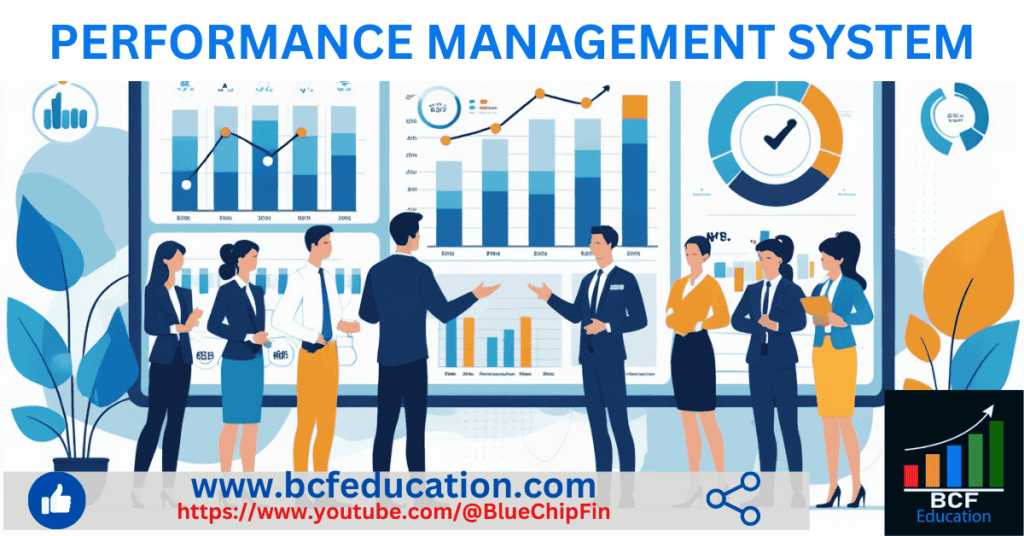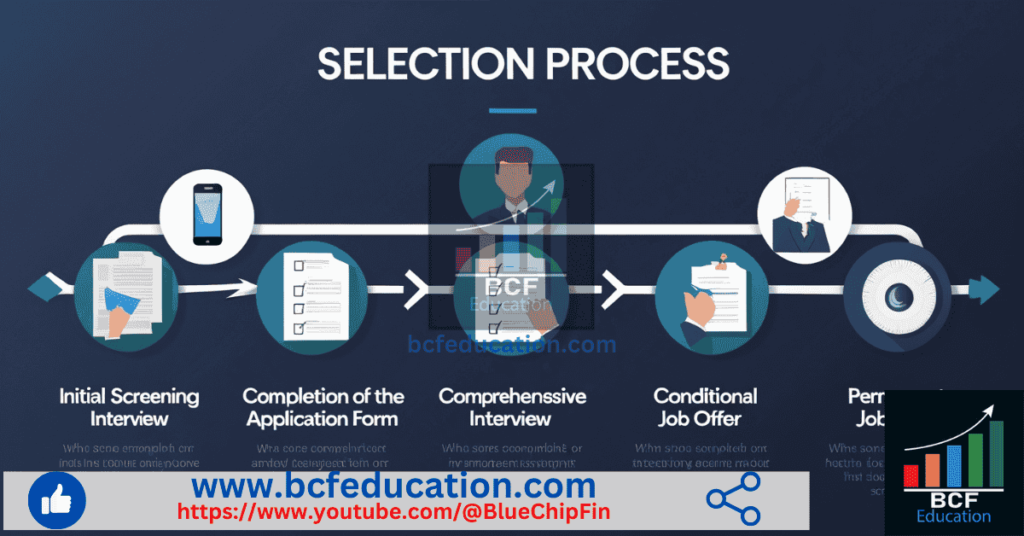A Performance Management System PMS is a structured process used by organizations to align employee performance with business goals. This essential HR tool involves setting expectations, monitoring progress, providing feedback, and evaluating outcomes to enhance productivity and employee development.
For business and finance professionals, understanding PMS is crucial as it directly impacts organizational efficiency, workforce motivation, and financial performance. This blog post explores key components, best practices, and the strategic role of PMS in driving business success—making it a valuable read for HR practitioners, managers, and finance students alike. This topic is equally important for the students of the subject Human Resource Management across all the major Universities such as MU, DU, PU & others & across all business & finance disciplines.
Key Takeaways:
✔️ Importance of PMS in achieving business objectives
✔️ Link between performance management and financial outcomes
✔️ Best practices for implementing an effective PMS
✔️ How technology is transforming performance evaluations
Stay tuned to learn how a robust Performance Management System can optimize both employee potential and organizational growth!
Table of Contents
Performance Management System PMS
Performance management is about more than just checking how an employee has done their job. It includes many important tasks and serves different purposes. But making it all work smoothly isn’t always easy. Let’s look at what performance management systems aim to do and the common challenges they face.
Purposes of a Performance Management System
The main job of performance reviews is to show employees how well they’re doing in relation to their work goals. Ideally, both the employee and their manager should work together to set these goals and the way their performance will be measured. If employees don’t get clear and honest feedback about how their efforts affect their performance, it can lower their motivation.
But giving feedback is just one part. Another key goal is helping employees grow. That means identifying areas where they can improve or learn more, even if they’re already doing a good job. For example, a college professor might be knowledgeable and explain things clearly, but could still improve their teaching style by using more real-world examples, interactive exercises, or online tools.
Another important purpose is documentation. Performance reviews also protect both the employee and the company by keeping records of how someone has been performing. This is especially important for legal reasons. For instance, if a manager wants to fire someone for poor performance, but the employee’s past reviews say they were doing fine, it could create legal issues. That’s why it’s essential to have honest, detailed evaluations that match the actions being taken.
While the system is designed to help the company, it should also support both the employee and the person giving the review. Good systems allow for timely feedback, personal development, and clear records—and they should be easy for managers to use and involve input from the employees too.

Difficulties in Performance Management Systems
Performance management systems can run into problems because they involve three groups of people: employees, managers (or appraisers), and the organization itself. Balancing everyone’s needs can be tricky. We’ll break this down into two main problem areas: focusing on the individual, and focusing on the process.
Focus on the Individual
Think about a time when you got a test back and felt your score was unfair. You might have felt frustrated or even argued about it. The same thing can happen during job performance reviews. It’s hard to judge someone’s work without emotions getting involved.
Employees often think they’re doing better than their boss thinks, which can lead to disagreements. Managers might also dislike giving performance reviews because they don’t want to deal with those emotions or potential conflicts. If either side becomes defensive or upset, it can make things worse.
To avoid this, it’s important to keep emotions in check during performance reviews. Calm, respectful conversations help everyone feel more satisfied with the process, and they make it easier to give and receive feedback in the future.
Focus on the Process
Performance reviews need a proper structure to be effective. That includes having clear steps, proper documentation, and often linking reviews to other decisions—like raises or promotions. But this setup can also create problems.
For example, if a company only allows a 3% average raise for everyone, and one employee gets a 6% raise, others must get less to keep the average. This can cause managers to look for faults in employees just to balance the numbers, which isn’t fair and may cause tension.
On top of that, some managers aren’t trained well on how to evaluate performance. They might not be sure what to look for, how to rate someone fairly, or how to give helpful feedback. This can lead to mistakes or biased reviews.
To fix these issues, HR teams should work on improving the performance review process. That means making sure employees understand how they’re being evaluated, giving them a chance to be involved, and focusing on helping them grow. When done right, this process benefits both the employee and the company.
Related Articles
What is Human Resource Management, Objectives and Functions of HRM.
Structure of HR Department and Employee relation function
Steps involved in the Selection Process
8. Unlock HRM, Socialization, Assumptions, and Socialization Process
8.1 Unlock HRM, Employee Training, Training vs. Development, & Best Evaluation Methods in HR
9. HRM Unlocked Managing Careers effectively, Stages Involved in Careers






